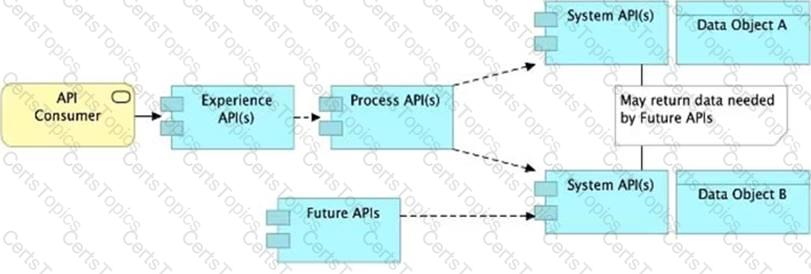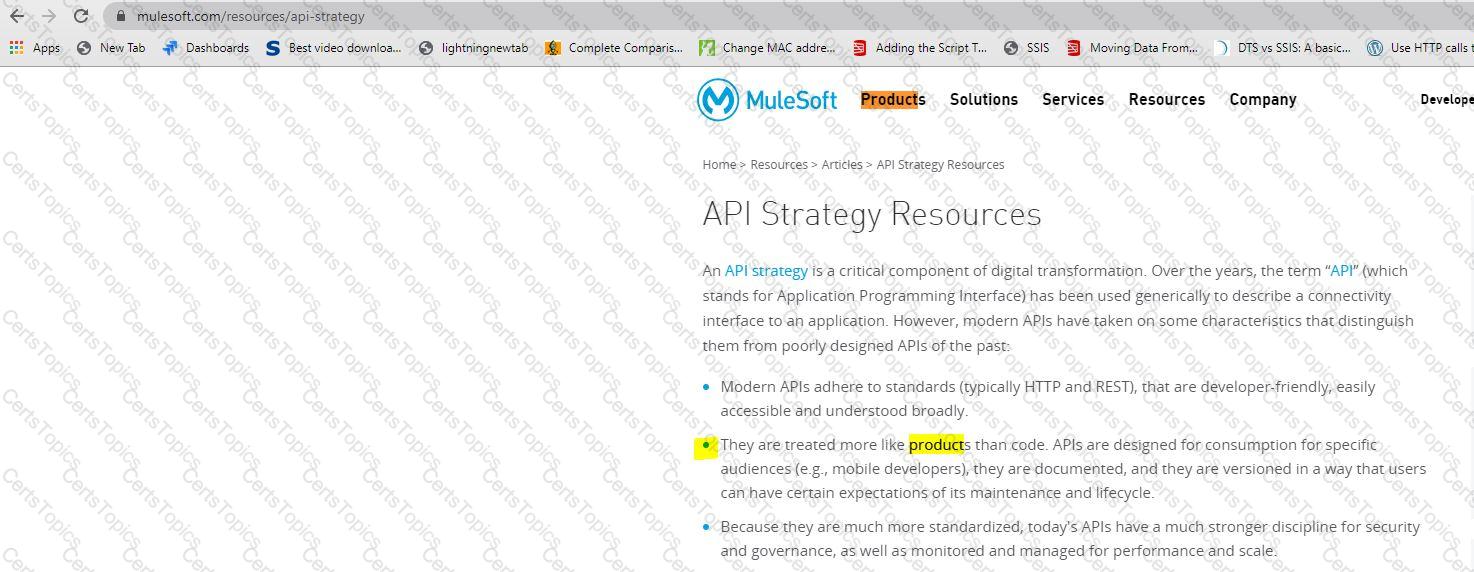MuleSoft MCPA-Level-1 Exam With Confidence Using Practice Dumps

MCPA-Level-1: MuleSoft Certified Platform Architect Exam 2025 Study Guide Pdf and Test Engine
Are you worried about passing the MuleSoft MCPA-Level-1 (MuleSoft Certified Platform Architect - Level 1) exam? Download the most recent MuleSoft MCPA-Level-1 braindumps with answers that are 100% real. After downloading the MuleSoft MCPA-Level-1 exam dumps training , you can receive 99 days of free updates, making this website one of the best options to save additional money. In order to help you prepare for the MuleSoft MCPA-Level-1 exam questions and verified answers by IT certified experts, CertsTopics has put together a complete collection of dumps questions and answers. To help you prepare and pass the MuleSoft MCPA-Level-1 exam on your first attempt, we have compiled actual exam questions and their answers.
Our (MuleSoft Certified Platform Architect - Level 1) Study Materials are designed to meet the needs of thousands of candidates globally. A free sample of the CompTIA MCPA-Level-1 test is available at CertsTopics. Before purchasing it, you can also see the MuleSoft MCPA-Level-1 practice exam demo.








